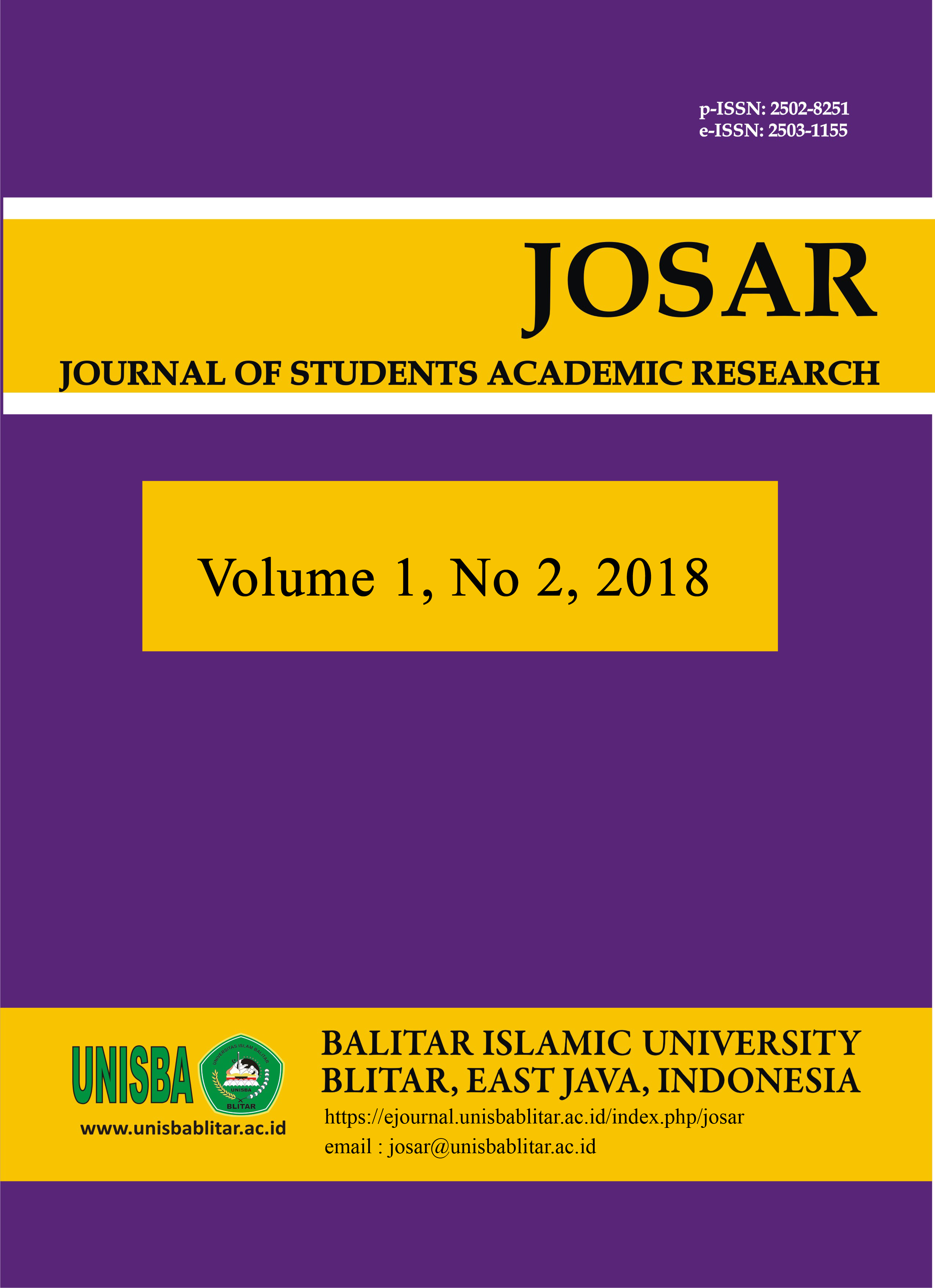PLANT DISTANCE RESPONSE TO GROWTH AND RESULTS OF BUNCIS NUT (Phaseolus vulgaris L.) PLANTS IN VARIOUS SOLID BIOSLURRY DOSAGE
DOI:
https://doi.org/10.35457/josar.v1i02.606Keywords:
Peanuts, Solid Bioslurry Doses, SpacingAbstract
This study aims at 1) to determine the interaction of planting spacing and bioslurry doses on the growth and yield of beans. 2) to determine the effect of planting distance on the growth and yield of beans. 3) to determine the effect of dense bioslurry doses on the growth and yield of beans. The research using Split Plot 2 factorial was repeated 3 times. The first factor is distance (J) which consists of 3 levels, namely: 20x50cm (J1), 20x60cm (J2), 20x70cm (J3). The second factor is a solid bioslurry dose (B) consisting of 3 levels: B1 = 500 kg. Ha-1, B2 = 600 kg. Ha-1, B3 = 700 kg. Ha-1. The results showed that there were interactions between plant spacing and bioslurry doses on the number of pods with the highest yield in J2B3 treatment, ie 59.33, pod weight by plant with the highest yield in J2B2 treatment, namely 390.27 gr / plant and pod weight by plot with the highest yield in J2B3 treatment, which is 5993.75 gr / plo

Downloads
Published
Issue
Section
License
Authors who publish in this journal agree to the following terms:
- Authors retain copyright and grant the journal right of first publication with the work simultaneously licensed under a Creative Commons Attribution License that allows others to share the work with an acknowledgment of the work's authorship and initial publication in this journal.
- Authors are able to enter into separate, additional contractual arrangements for the non-exclusive distribution of the journal's published version of the work (e.g., post it to an institutional repository or publish it in a book), with an acknowledgment of its initial publication in this journal.
- Authors are permitted and encouraged to post their work online (e.g., in institutional repositories or on their website) prior to and during the submission process, as it can lead to productive exchanges, as well as earlier and greater citation of published work (See The Effect of Open Access).
Deprecated: json_decode(): Passing null to parameter #1 ($json) of type string is deprecated in /home/ejournal.unisbablitar.ac.id/public_html/plugins/generic/citations/CitationsPlugin.php on line 68









